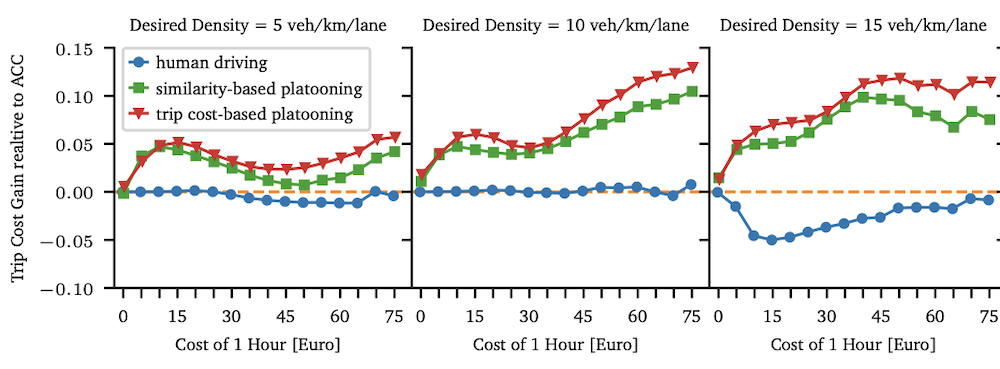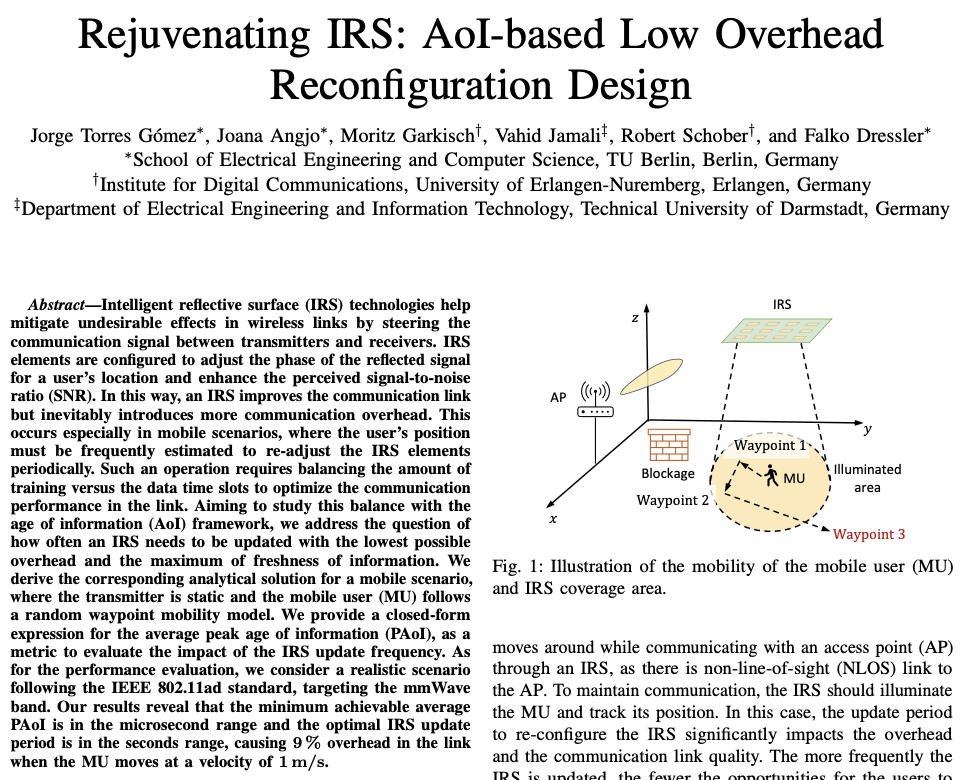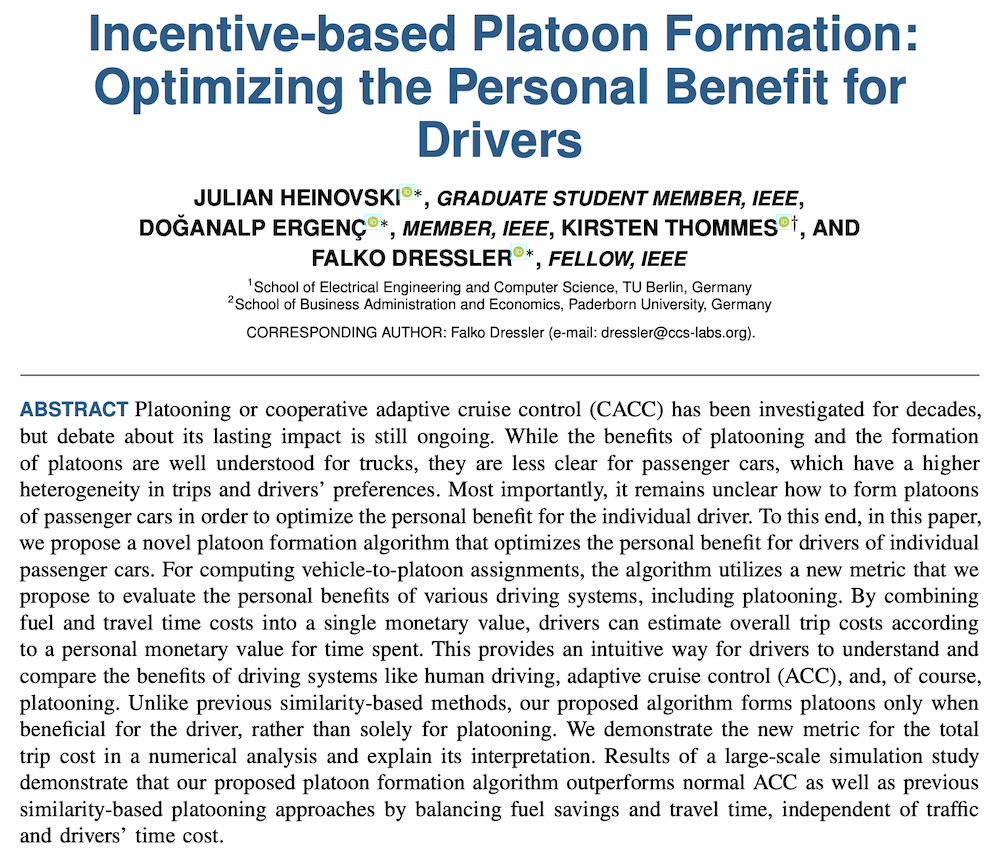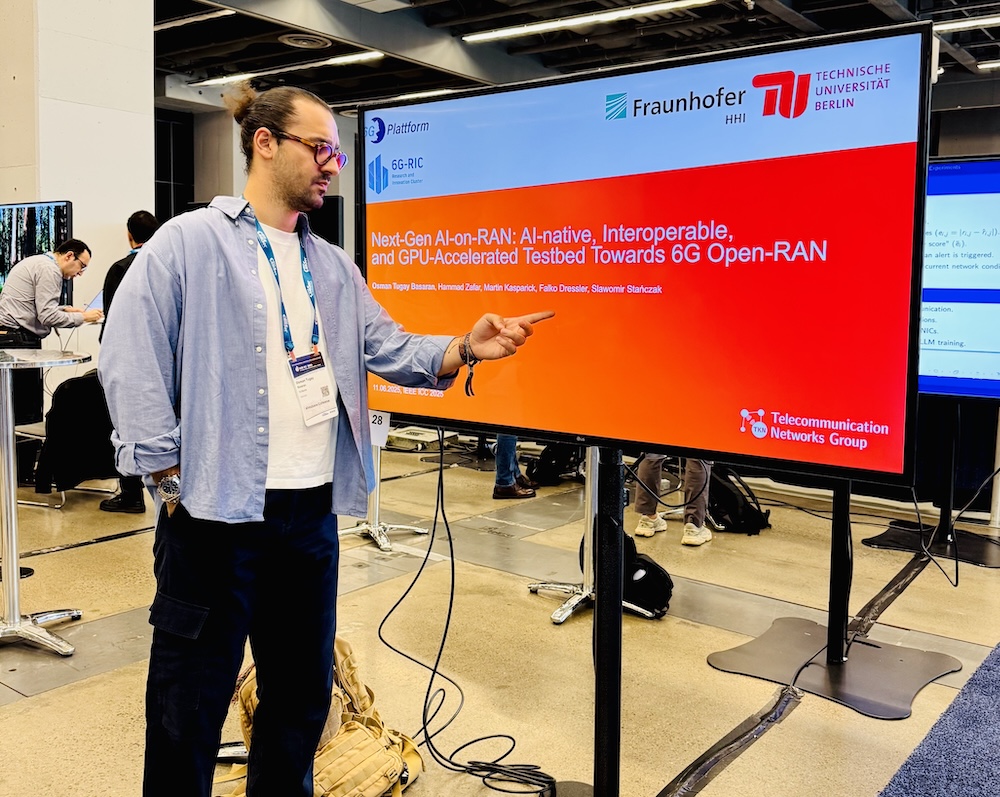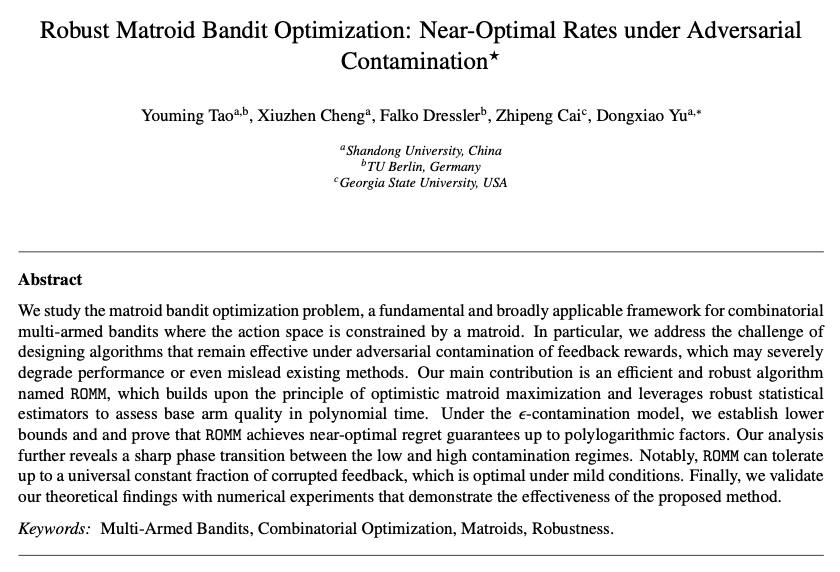Literature Database Entry
dietrich2010syntony
Isabel Dietrich, "Syntony: A Framework for UML-Based Simulation, Analysis, and Test," PhD Thesis, Department of Computer Science, Friedrich–Alexander University of Erlangen–Nuremberg (FAU), July 2010. (Advisors: Reinhard German and Falko Dressler; Referees: Reinhard German and Klaus Meyer-Wegener)
Abstract
Model-based development provides means for efficient and platform independent software engineering. Especially UML2 is becoming a de-facto standard in this domain. To enable an early performance evaluation of systems modeled with UML, we envision the usage of UML models instead of regular simulation models to conduct discrete-event simulations. This facilitates the integration of simulation into model-based development processes, leading to a faster and more efficient system design process. We developed the framework Syntony to support discrete-event simulation based on standard-compliant UML models. According to the principle of communicating automata, system models may consist of composite structure, state machine, and activity diagrams. Furthermore, the MARTE profile allows to specify performance attributes and measures. Syntony automatically transforms UML models to executable code for the simulation engine OMNeT++. Integrated into the Eclipse framework, Syntony supports various simulation techniques for simulation control, design of experiments, and result analysis. To facilitate modeling of detailed activity diagrams, we introduce the activity language Casual as a textual representation for activity diagrams. The corresponding compiler replaces segments of Casual code in UML models with standard-compliant activity diagrams. This ensures that the UML models do not contain code in a non-standard language and enables the usage of Casual in generic UML projects. For system model validation, we developed a model-based test method similar to unit testing. Test cases may be specified with UML sequence diagrams. Syntony can automatically transform these test cases and execute them against the simulation generated from the UML system model. The test verdict provides information about the errors found in the system model. We show the flexibility and extensibility of our approach by using Syntony as a code generator for numerical image processing algorithms. Here, the UML system model represents multigrid algorithms. Syntony is used to transform this model to executable C++ code. In the case study, we use Syntony to analyze the lifetime of a wireless sensor network in an industrial context. We introduce the network lifetime as a new metric and show its integration into the UML modeling process. We then compare the network's performance for two different node behavior models.
Quick access
Contact
BibTeX reference
@phdthesis{dietrich2010syntony,
author = {Dietrich, Isabel},
title = {{Syntony: A Framework for UML-Based Simulation, Analysis, and Test}},
advisor = {German, Reinhard and Dressler, Falko},
institution = {Department of Computer Science},
location = {Erlangen, Germany},
month = {7},
referee = {German, Reinhard and Meyer-Wegener, Klaus},
school = {Friedrich--Alexander University of Erlangen--Nuremberg (FAU)},
type = {PhD Thesis},
year = {2010},
}
Copyright notice
Links to final or draft versions of papers are presented here to ensure timely dissemination of scholarly and technical work. Copyright and all rights therein are retained by authors or by other copyright holders. All persons copying this information are expected to adhere to the terms and constraints invoked by each author's copyright. In most cases, these works may not be reposted or distributed for commercial purposes without the explicit permission of the copyright holder.
The following applies to all papers listed above that have IEEE copyrights: Personal use of this material is permitted. However, permission to reprint/republish this material for advertising or promotional purposes or for creating new collective works for resale or redistribution to servers or lists, or to reuse any copyrighted component of this work in other works must be obtained from the IEEE.
The following applies to all papers listed above that are in submission to IEEE conference/workshop proceedings or journals: This work has been submitted to the IEEE for possible publication. Copyright may be transferred without notice, after which this version may no longer be accessible.
The following applies to all papers listed above that have ACM copyrights: ACM COPYRIGHT NOTICE. Permission to make digital or hard copies of part or all of this work for personal or classroom use is granted without fee provided that copies are not made or distributed for profit or commercial advantage and that copies bear this notice and the full citation on the first page. Copyrights for components of this work owned by others than ACM must be honored. Abstracting with credit is permitted. To copy otherwise, to republish, to post on servers, or to redistribute to lists, requires prior specific permission and/or a fee. Request permissions from Publications Dept., ACM, Inc., fax +1 (212) 869-0481, or permissions@acm.org.
The following applies to all SpringerLink papers listed above that have Springer Science+Business Media copyrights: The original publication is available at www.springerlink.com.
This page was automatically generated using BibDB and bib2web.

